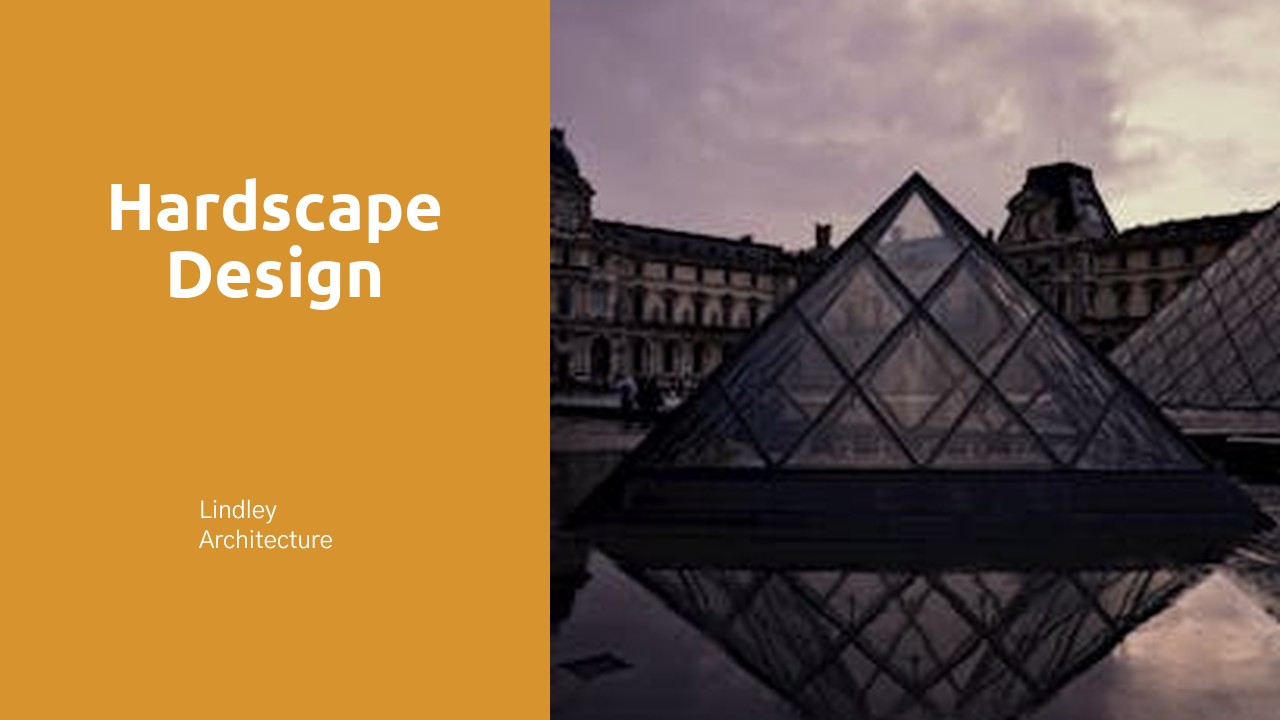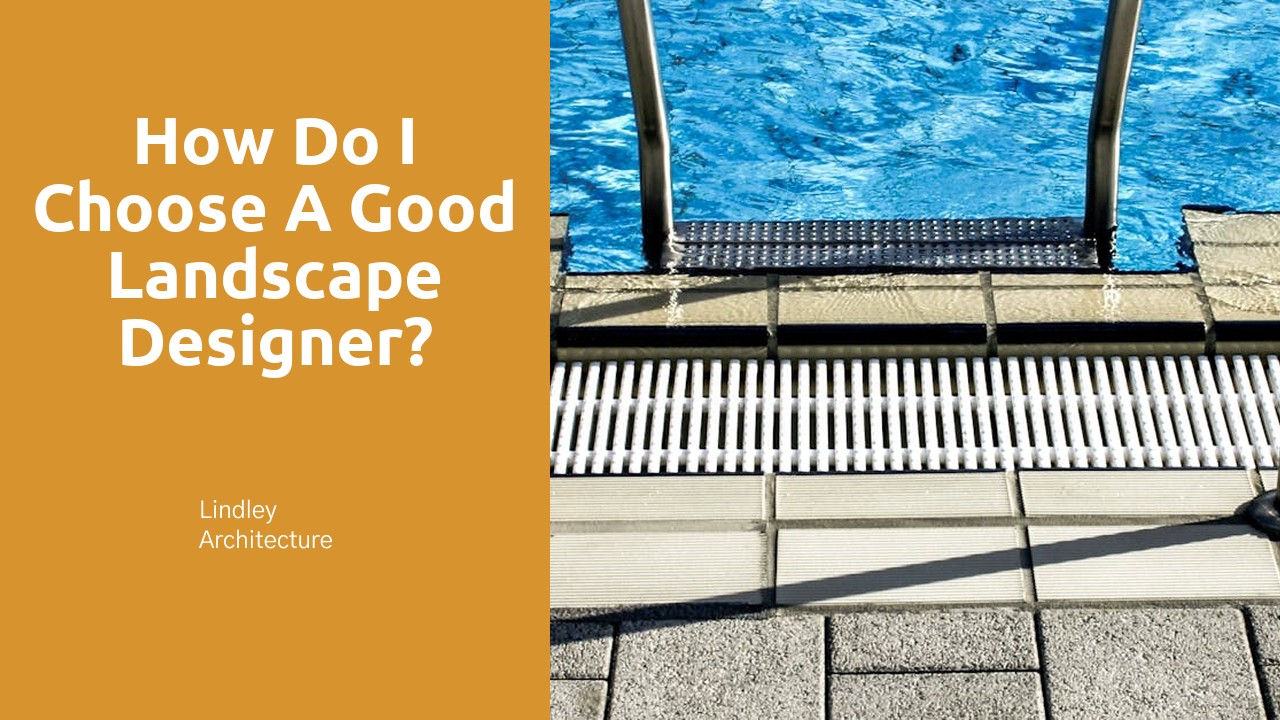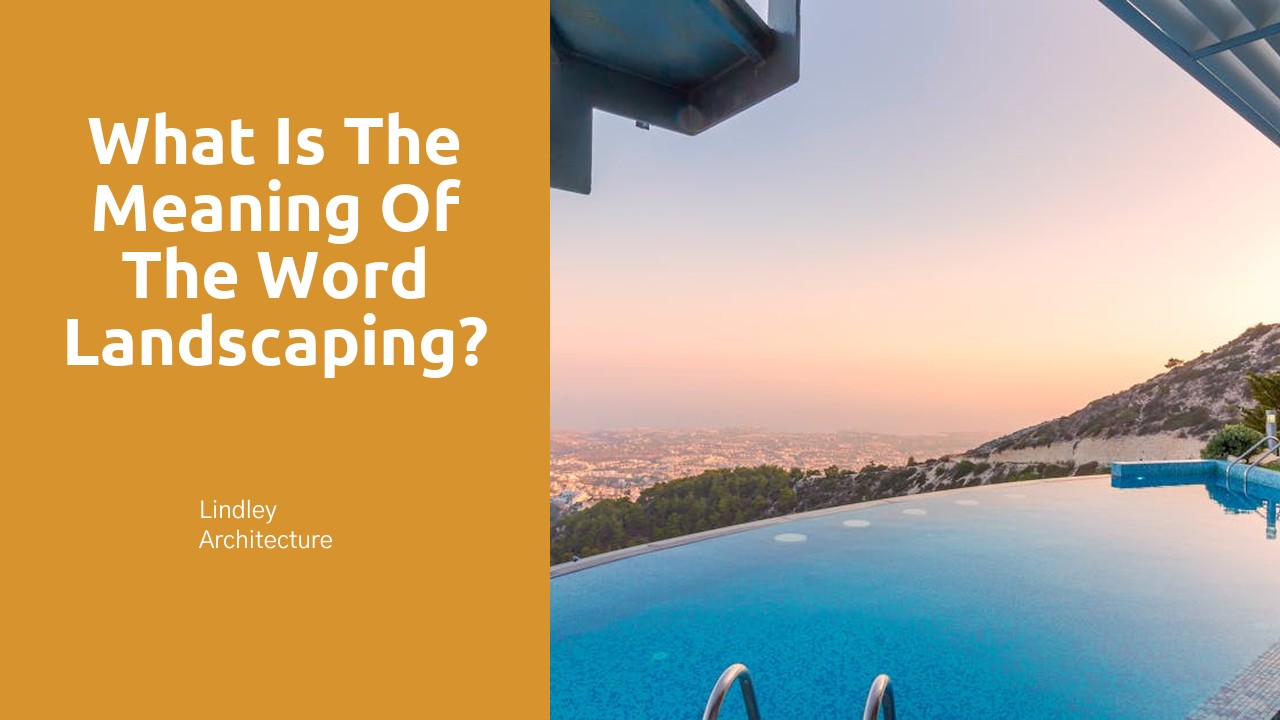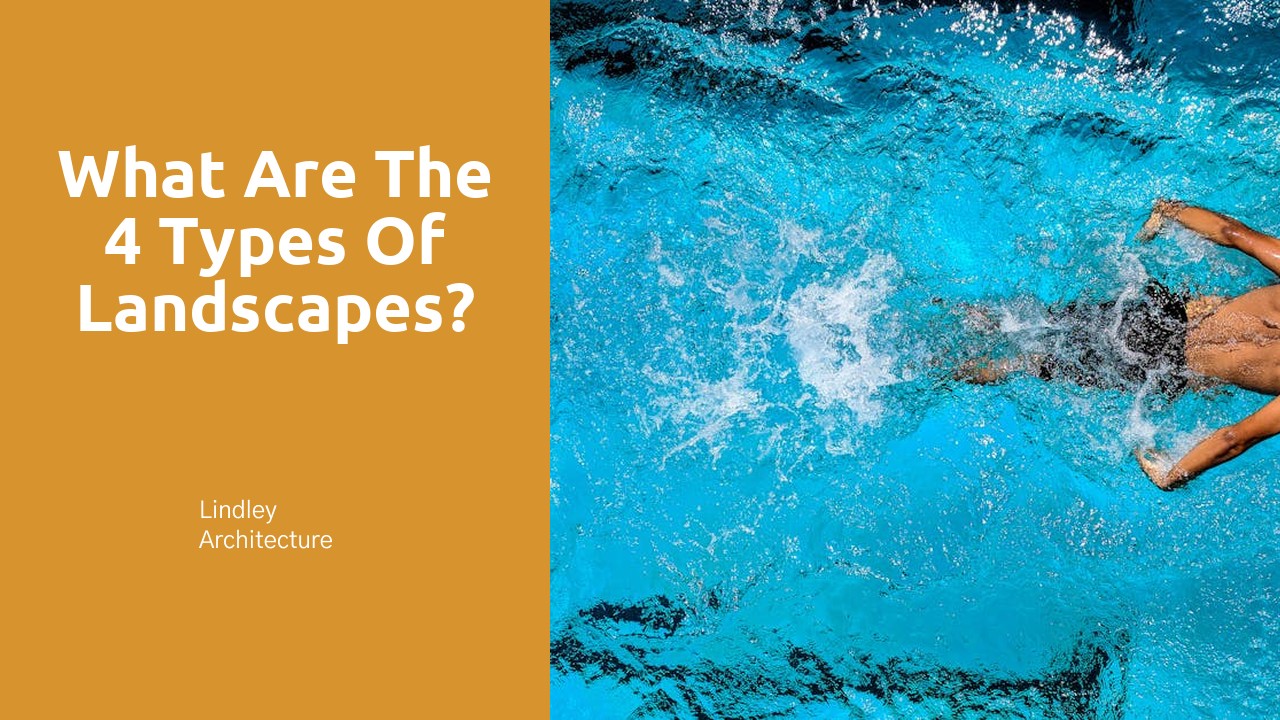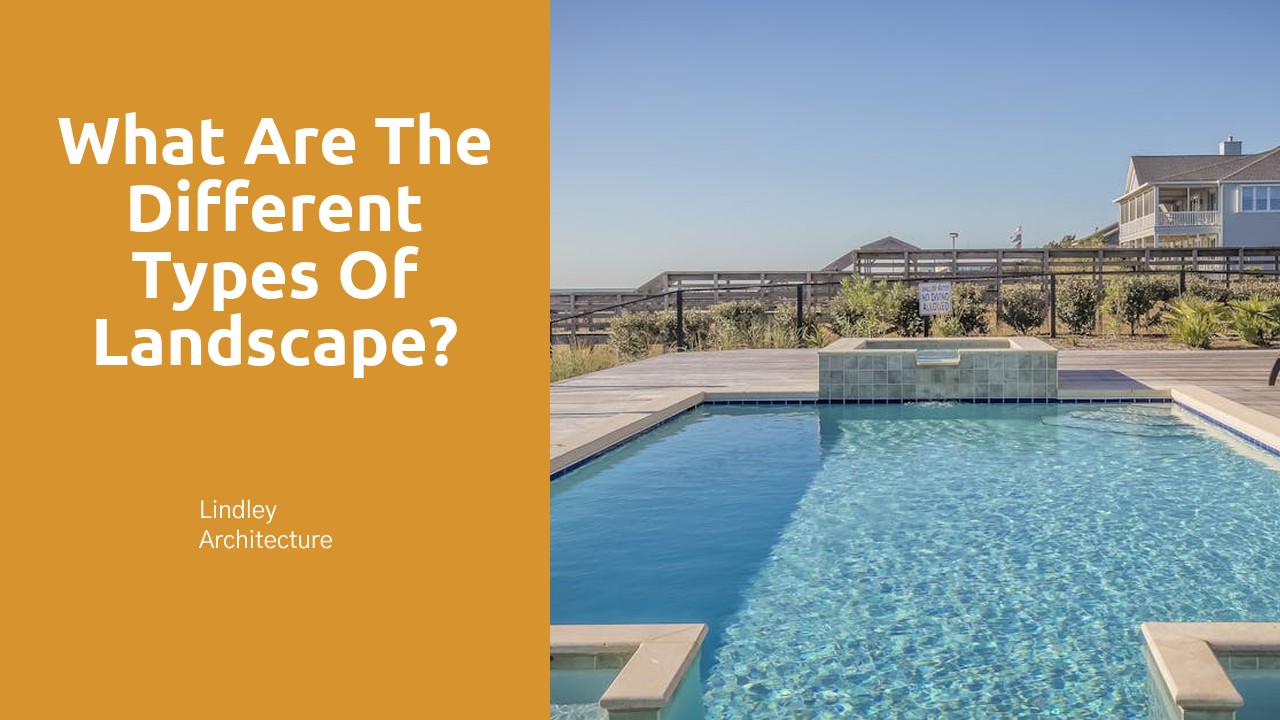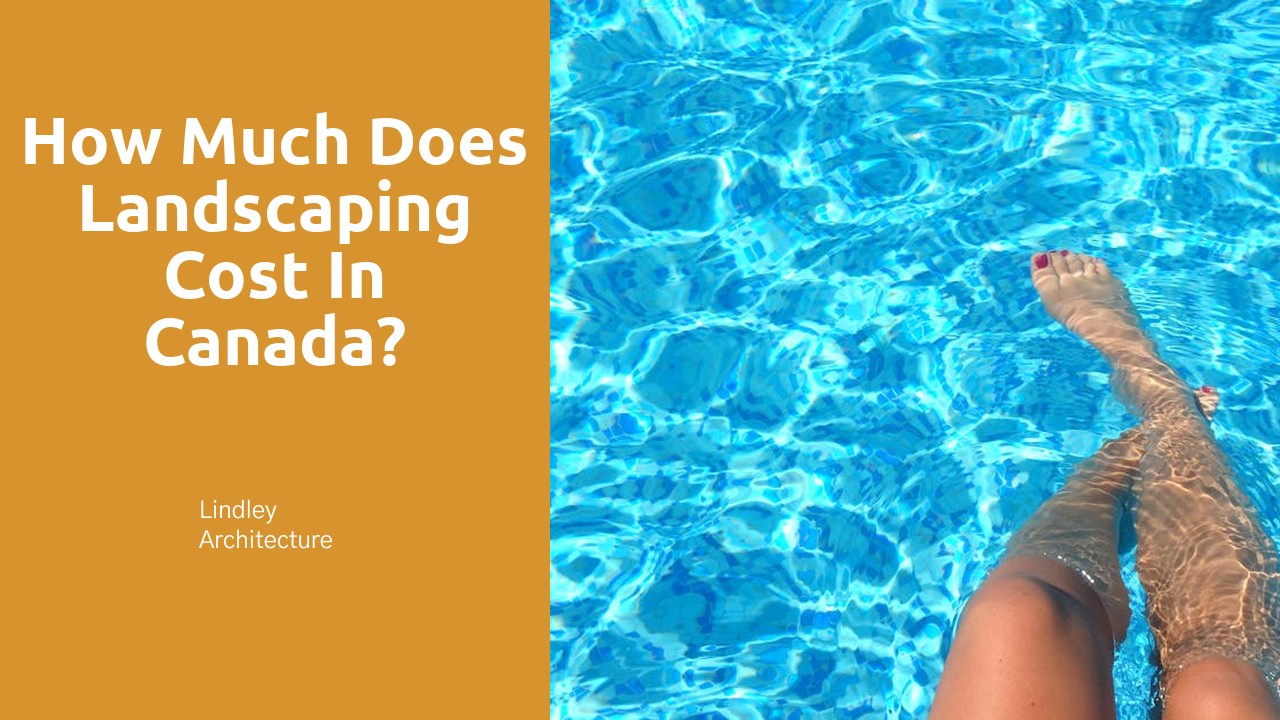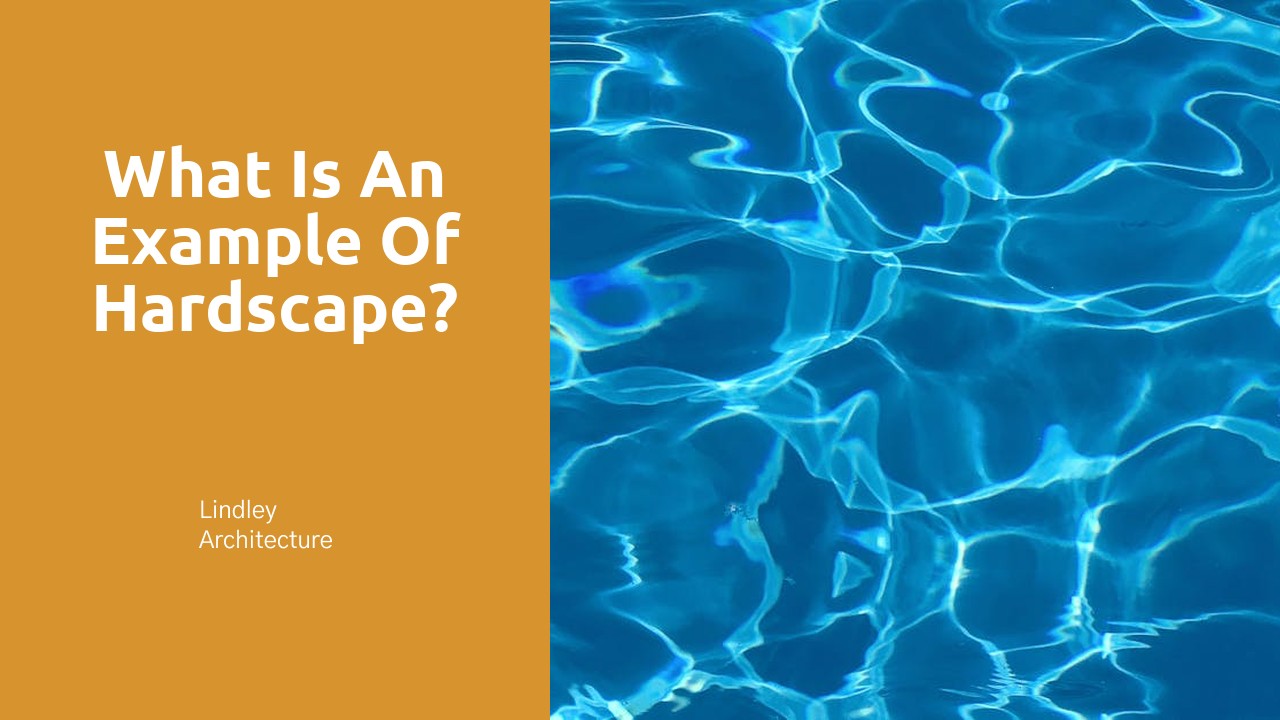
Table Of Contents
Maintenance Requirements for Hardscape
Maintenance requirements for hardscape elements play a crucial role in upholding their aesthetic appeal and ensuring longevity. In the realm of hardscape design in Markham, regular upkeep is essential to preserve the beauty and functionality of features such as stone walkways, patios, and retaining walls. Cleaning these surfaces periodically helps prevent the buildup of dirt, grime, and stains that can detract from their appearance and compromise their structural integrity. Additionally, inspecting hardscape structures for any signs of damage or wear and tear allows for timely repairs, preventing small issues from escalating into more significant problems that may require costly fixes. By staying proactive in maintenance efforts, property owners can extend the lifespan of their hardscape features and enhance the overall appeal of their outdoor spaces.
Tips for preserving the beauty and functionality of hardscape elements
To maintain the beauty and functionality of hardscape elements, regular cleaning and upkeep are essential. Proper sweeping and washing can prevent the buildup of dirt, debris, and stains on surfaces such as patios, walkways, and retaining walls. Additionally, addressing any damages promptly, such as cracks in concrete or loose stones in a pathway, can prevent minor issues from becoming major problems. By staying proactive and attending to maintenance tasks regularly, homeowners can prolong the lifespan of their hardscape features and keep them looking their best for years to come.
In Hardscape Design in Kleinburg, homeowners can also consider applying sealants or protective coatings to hardscape surfaces to enhance their durability and resistance to wear and tear. These protective treatments can help safeguard against moisture penetration, UV damage, and colour fading, extending the longevity of the hardscape elements. Furthermore, incorporating strategic landscaping elements around hardscape features, such as planting beds or mulch, can help protect surfaces from erosion, weed growth, and other environmental factors. By incorporating these preservation strategies into their hardscape maintenance routine, homeowners can ensure that their outdoor living spaces remain functional and visually appealing for the long term.
Cost Considerations for Hardscaping
When considering hardscaping projects, it is essential to factor in the associated costs. The expense of hardscape installations can vary significantly based on several key factors such as materials used, project scope, and labor costs. In the context of Hardscape Design in Richmond Hill, homeowners should be prepared for the financial investment required to achieve their desired outdoor living space. Conducting thorough research and obtaining multiple quotes from reputable hardscaping professionals can provide insight into the overall cost of the project and enable homeowners to make informed decisions.
Additionally, factors such as the size and complexity of the hardscape design, accessibility of the site, and any necessary permits or approvals can influence the total cost of the project. Homeowners should carefully consider their budget constraints and prioritize aspects of the hardscaping project that are most important to them. Understanding the various elements that contribute to the overall cost of Hardscape Design in Richmond Hill will aid homeowners in setting realistic financial expectations and ensuring that the project remains within budget constraints.
Factors that influence the overall cost of hardscape installations
Factors that influence the overall cost of hardscape installations include the choice of materials, the size and complexity of the project, and the geographic location. Hardscape materials vary greatly in price, with options ranging from cost-effective concrete pavers to luxurious natural stone. The size and complexity of the project also play a significant role in determining costs, as larger areas or intricate designs may require more materials and labour. Moreover, geographic location can impact costs due to differences in labour rates, material availability, and local regulations. For instance, a Hardscape Design in Burlington may have different cost factors compared to a similar project in a different city.
Another factor that can influence the cost of hardscape installations is the need for site preparation and any additional features or amenities. Site preparation, such as excavation, grading, and drainage solutions, is essential for ensuring a durable and long-lasting hardscape design. Furthermore, the inclusion of features like outdoor kitchens, fire pits, or water features can add to the overall cost of the project. These additional elements require specialised materials and expertise, which can impact the final price tag. Therefore, when planning a Hardscape Design in Burlington or any other location, considering these factors can help homeowners make informed decisions about their hardscaping project.
Hiring a Professional Hardscape Designer
When it comes to enhancing your outdoor space with hardscape elements, hiring a professional hardscape designer is crucial for achieving the desired results. In Burlington, hardscape designers possess the expertise and creativity needed to transform your vision into a stunning reality. These professionals have a deep understanding of the local climate and terrain, allowing them to create hardscape designs that are not only aesthetically pleasing but also functional and durable.
Choosing a qualified hardscape designer in Burlington involves considering factors such as experience, portfolio, and client testimonials. Look for a designer who has a proven track record of executing successful hardscaping projects and who can provide references upon request. By entrusting your hardscape design project to a reputable professional, you can rest assured that your outdoor space will be transformed into a beautiful and functional area that enhances the overall value and appeal of your property.
What to look for when selecting a qualified hardscape contractor
When selecting a qualified hardscape contractor, there are crucial factors to consider to ensure the successful completion of your project. Firstly, look for a contractor with a solid reputation within the community. Seek out referrals from friends, family, or online reviews to gauge their work quality. Additionally, inquire about their experience in hardscape design and installation. A well-established contractor with a proven track record is more likely to deliver satisfactory results. For instance, if you are seeking Hardscape Design in Mississauga, opt for a contractor with local experience and expertise in the region's design trends and regulations.
Furthermore, ensure the contractor is licensed and insured to protect yourself from liability in case of accidents or property damage during the project. Request to see their certification and insurance documents before commencing any work. Additionally, ask for a detailed estimate outlining costs, timelines, and materials to be used. Transparent communication about the project's scope and budget is essential for a successful partnership with your chosen hardscape contractor. By selecting a reputable professional for your Hardscape Design in Mississauga, you can rest assured that your outdoor space will be transformed beautifully and efficiently.
FAQS
What is hardscape?
Hardscape refers to the non-living elements in a landscape design, such as pathways, patios, retaining walls, and decks.
Can you provide examples of hardscape elements?
Examples of hardscape elements include stone walkways, brick pavers, concrete driveways, wooden decks, metal fences, and decorative boulders.
How is hardscape different from softscape?
Hardscape refers to the non-living features in a landscape, while softscape includes the living elements like plants, trees, and flowers.
Why is hardscaping important in landscape design?
Hardscaping provides structure, functionality, and visual interest to outdoor spaces, creating a balanced and cohesive environment.
What materials are commonly used in hardscaping?
Common materials used in hardscaping include concrete, brick, stone, wood, metal, and composite materials. Each material has its own aesthetic and functional properties.
